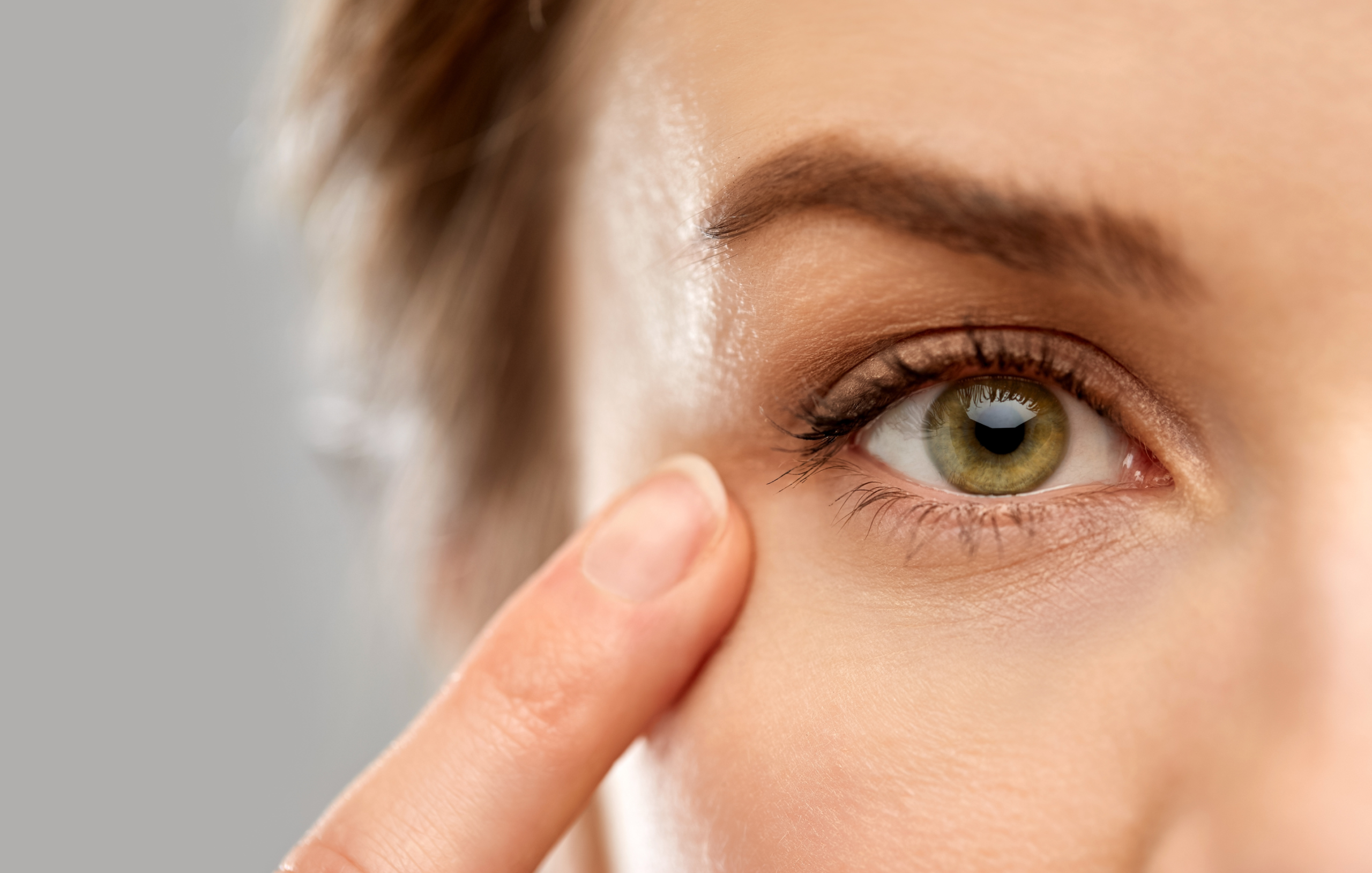
Wellington Eye Centre Optometrist
What is a lazy eye?
Lazy eye, medically known as amblyopia, is when an eye has reduced vision, even with the most up-to-date glasses or contact lenses on. Another way of describing this is that the best corrected vision is reduced in that eye.
Amblyopia occurs when the connection between the eye and the brain has not developed properly. The affected eye may look normal on examination by an Eye Care Professional, but its connection to the brain is underdeveloped. It is less of an issue with the eye and more of an issue with the brain.
Amblyopia occurs in childhood, a period that is very important for brain and eye development.
It usually affects just one of your eyes, but it can sometimes affect both.
Amblyopia affects 3% of New Zealanders and is one of the most common causes of reduced vision in children in the developed world.
Can I have laser vision correction surgery if I have a lazy eye?
Maybe, it depends on how deep or how bad your Amblyopia is.
There are different levels of Amblyopia (lazy eye). We grade these levels by finding out the Best Corrected Vision of that eye. That is how far down the letter chart the eye can see, with the best possible prescription.
The letter chart we use in New Zealand is the Snellen letter chart. On this chart, 6/6 is often referred to as ‘perfect vision’; this is the same level of sight as 20/20 vision.
So, if your vision is 6/7.5, that means your vision is one line worse than 6/6 vision.
If your vision is 6/5, that is one line better than 6/6 vision.
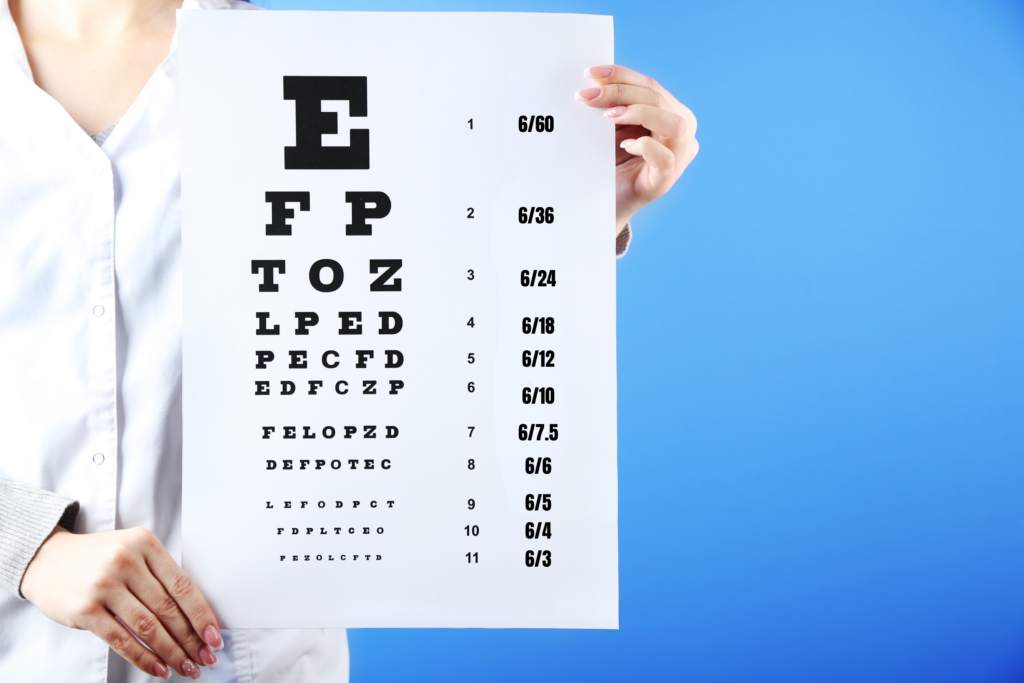
Can laser vision correction surgery fix my lazy eye?
Laser Vision Correction cannot fix Amblyopia (lazy eye). But it may be able to reduce the impact your amblyopia has on your day-to-day life.
Laser Vision Correction can do this by removing or reducing your need for glasses or contact lenses.
That means if you have laser vision correction, there is a high chance that after surgery, each eye would see without glasses, as well as they saw before surgery with glasses on. But you will still have one eye that sees better than the other. You will still have a lazy eye (amblyopic eye).
What levels of Amblyopia can or can’t have laser eye surgery?
If your amblyopic eye, with glasses/contact lenses on, can see 6/7.5 or better, and everything else about your eyes is normal, you have a good chance of being suitable for laser vision correction.
However, if your amblyopic eye, with glasses/contact lenses on, can only see 6/12 or worse, we would not be comfortable doing laser vision correction for you.
If your amblyopic eye, with glasses/contact lenses on, can see something between 6/7.5 and 6/12, it gets a bit trickier for us to know if you can have surgery. Our team can assess you here at the Wellington Eye Centre. But there is a strong chance that you may not be suitable for laser vision correction surgery.
Most people seeking laser vision correction surgery require both eyes to be corrected. If you only need/want the Amblyopic eye operated on, if your other eye is perfect and doesn’t require any spectacles or contact lenses, the restrictions around operating can be loosened. But this conversation needs to be one you have with our surgeon, after having a full assessment with our team here at the Wellington Eye Centre.
I’m pretty sure my lazy eye can’t see anything on the letter chart!
That is possible, but whether or not you can have laser eye surgery is based on how well your amblyopic eye can see on the letter chart, at the time of your eye test, wearing the best possible spectacle or contact lens prescription for you.
Sometimes, people with amblyopia have glasses that do not correct their bad eye as well as possible. This can be intentional, so that your spectacle lenses aren’t too thick, or so you don’t feel too woozy while wearing your glasses.
If you want to know if your amblyopia might be low enough for you to consider having laser vision correction surgery, we will contact your Optometrist to find out what your best corrected vision was at that eye test.
If you haven’t had an eye test for over two years, we recommend you see your Optometrist and ask them to complete this form for us.
How does Amblyopia occur?
For normal visual development, the young developing brain must receive images from both eyes. If the images received from both eyes are similar, both eyes should develop normally, and the connection between each eye and the brain should also develop normally.
When the image from one eye is significantly worse than the other eye, the brain chooses to depend less on the information from the worse eye. If the brain does this, the connections between that eye and the brain don’t develop. The brain will continue to favour the better eye, strengthening those connections and almost ignoring the worse eye. If this imbalance continues for a long period of time, the imbalance becomes greater and permanent.

What can cause the images from each eye to be different?
There are two main ways the vision in each eye can be different, which can then lead to amblyopia.
- Strabismic Amblyopia
- Accounts for about 19% of all cases of Amblyopia
- Strabismus is when the eyes are misaligned. The eyes don’t seem to look in the same direction as each other, the person may look cross-eyed, or one eye might turn outwards. This misalignment is called strabismus or a squint.
- Sometimes, a misaligned eye will not develop properly and may become amblyopic.
- Not all people with strabismus have amblyopia.
- Anisometropic Amblyopia
- Accounts for 50% of all cases of Amblyopia
- Anisometropia means the two eyes have very different refractive errors (prescriptions). One eye might be more short-sighted than the other eye, or more long-sighted or have more astigmatism. The eye with the worst prescription tends not to develop as well as the other eye, causing amblyopia.
- Not all people with anisometropia have amblyopia.
About 27% of all cases of Amblyopia are from a combination of Strabismus and Anisometropia.
Then there are about 4 % of cases that are from deprivation, when the eye is blocked from receiving clear images. This can happen in eye conditions like cataract, droopy eyelid or corneal scarring. These conditions can prevent the eye from receiving a good, clear image by creating a physical barrier to light entering the eye.

How can you treat Amblyopia?
The first step in treating amblyopia is to catch it early. The earlier, the better.
Children’s eyes are first assessed for misalignments when they are very young. This assessment is done by their Plunket Nurse, GP or Paediatrician.
If you are concerned about your child’s vision, if they tend to cover one eye with their hand, or their eyes look misaligned, book to see your local Optometrist or GP.
The key to treating Amblyopia is to encourage the brain to use the bad eye. This can be done by improving the image quality of the worse eye (with glasses, contact lenses, or surgery). Or by blocking or blurring the image of the better eye (with an eye patch or eye drops). More than one treatment option can be used at the same time.
Eye Patches or patching
The better eye is patched or covered. This could be for a set amount of time per day, or for the whole day.
Eye Drops
The better eye receives Atropine eye drops. Which relaxes the focusing system of the good eye, making it blurred for a day or two.
Spectacle or Contact Lenses
The worse eye is corrected as much as possible with either spectacles or contact lenses.
Strabismus surgery
Surgery to tighten or loosen the muscles that control eye movement.
Other surgeries
If vision is poor due to something physically blocking it, like a cataract, there are usually surgical options that can help. Surgery can remove any cataract, scarred sections of the cornea, or droopy eyelid.
If you’d like to find out whether you may be suitable for Laser Eye Surgery, get in touch! You can call us on 0800 733 327, or fill out the enquiry form and we’ll be in touch with more information.
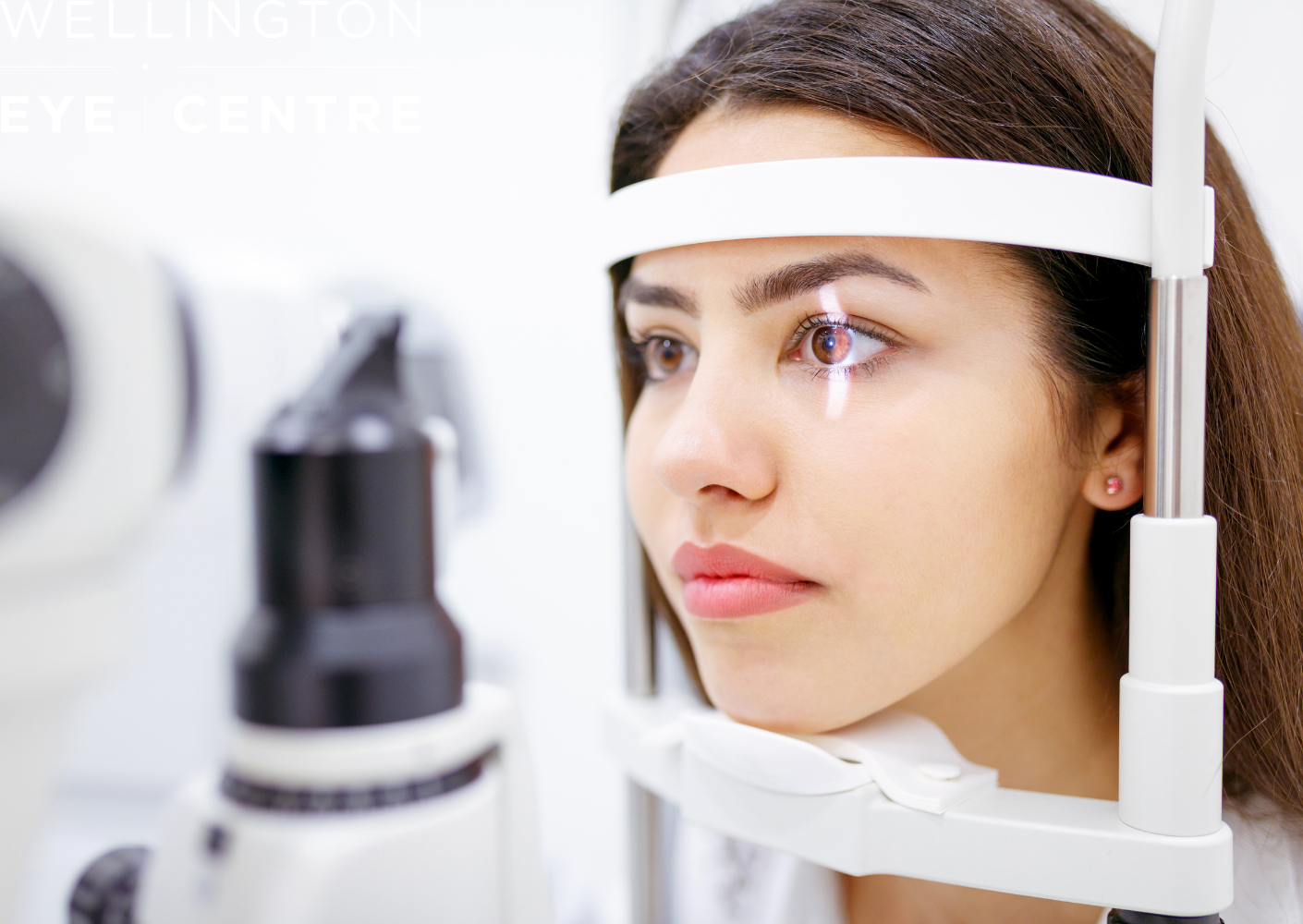
What to expect during your Laser Suitability Medical Assessment at Wellington Eye Centre
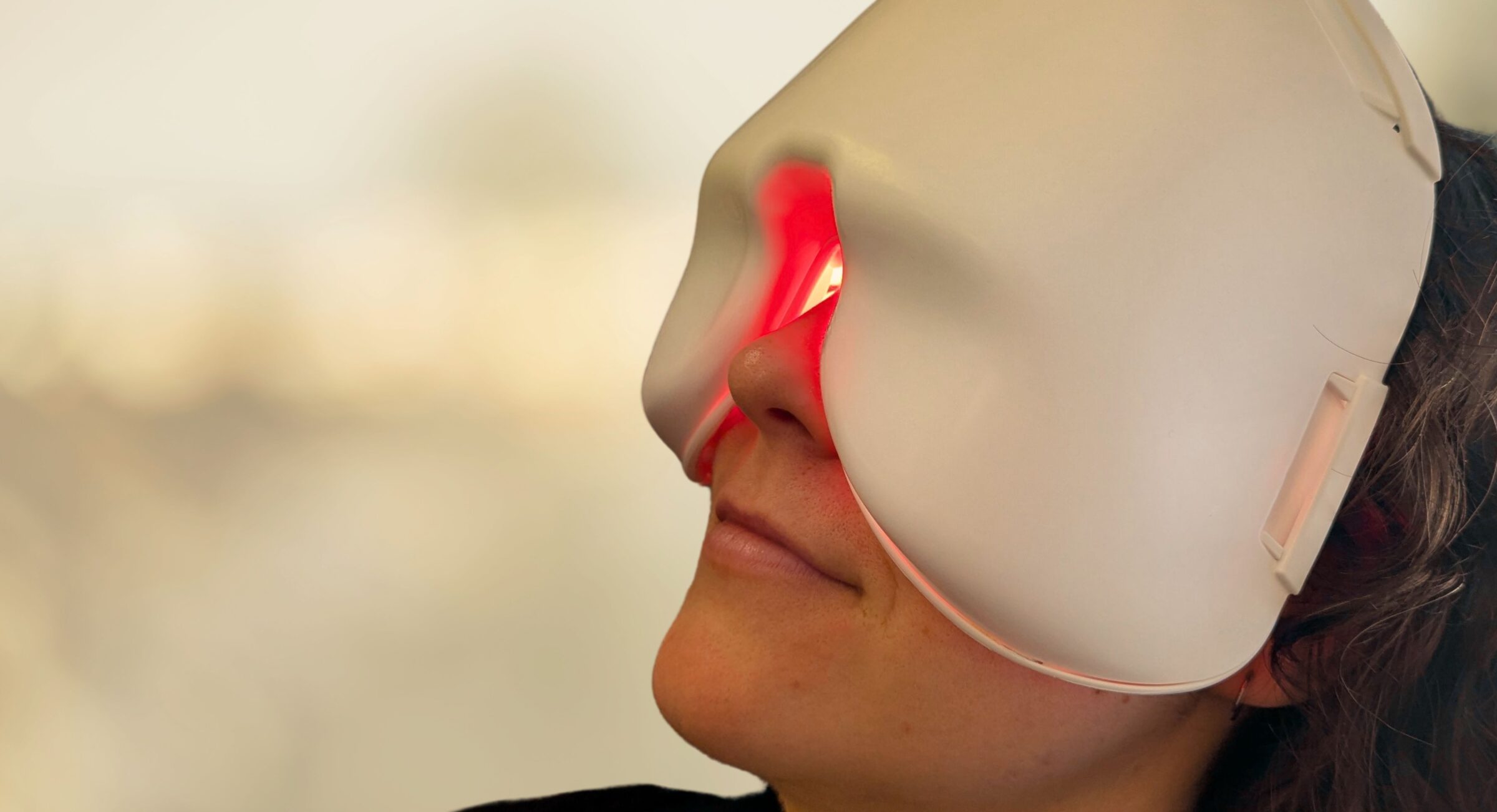
Low-Level Light Therapy for Dry Eyes

Common Medications Used in Laser Eye Surgery
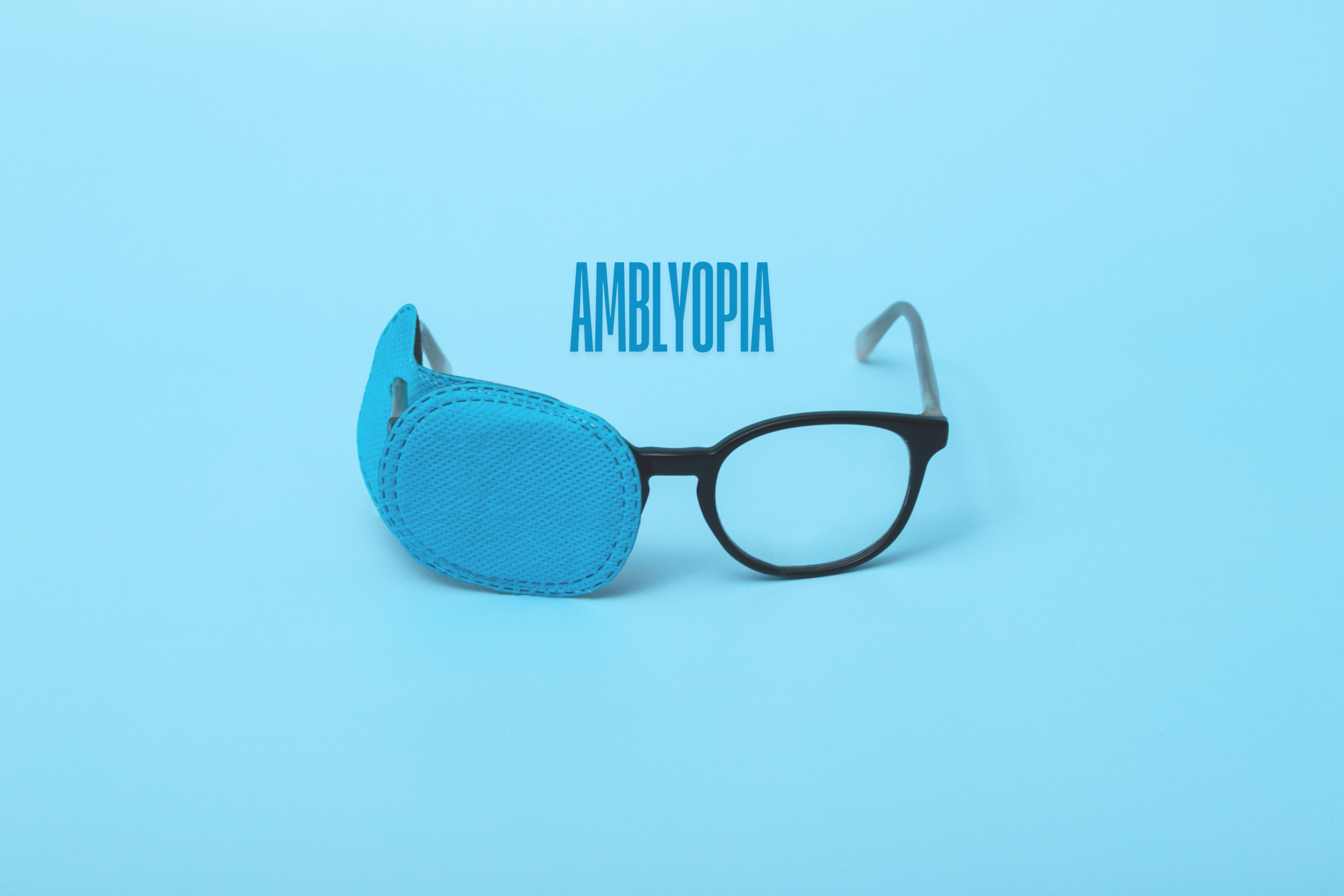
Amblyopia and Laser Eye Surgery





